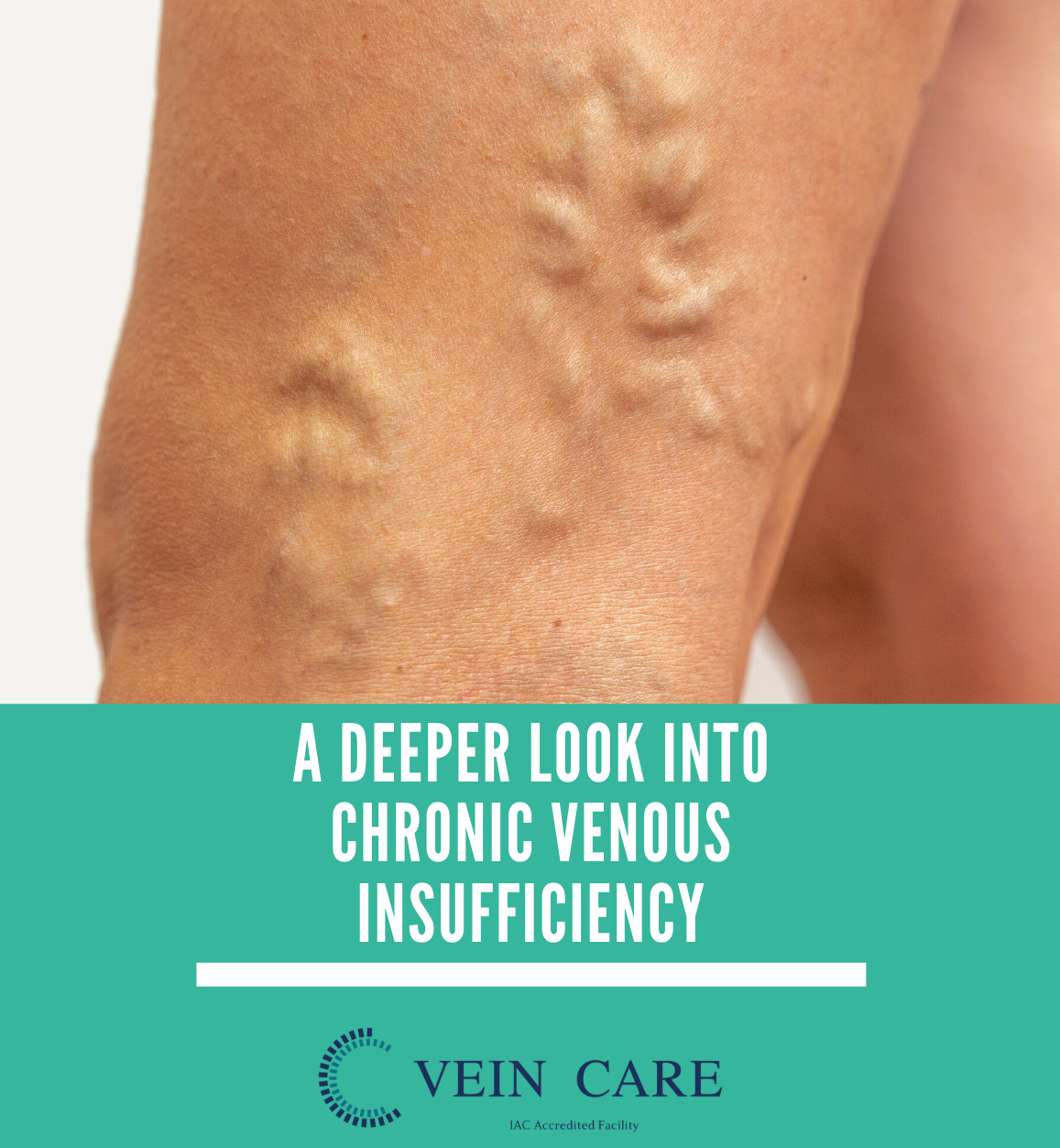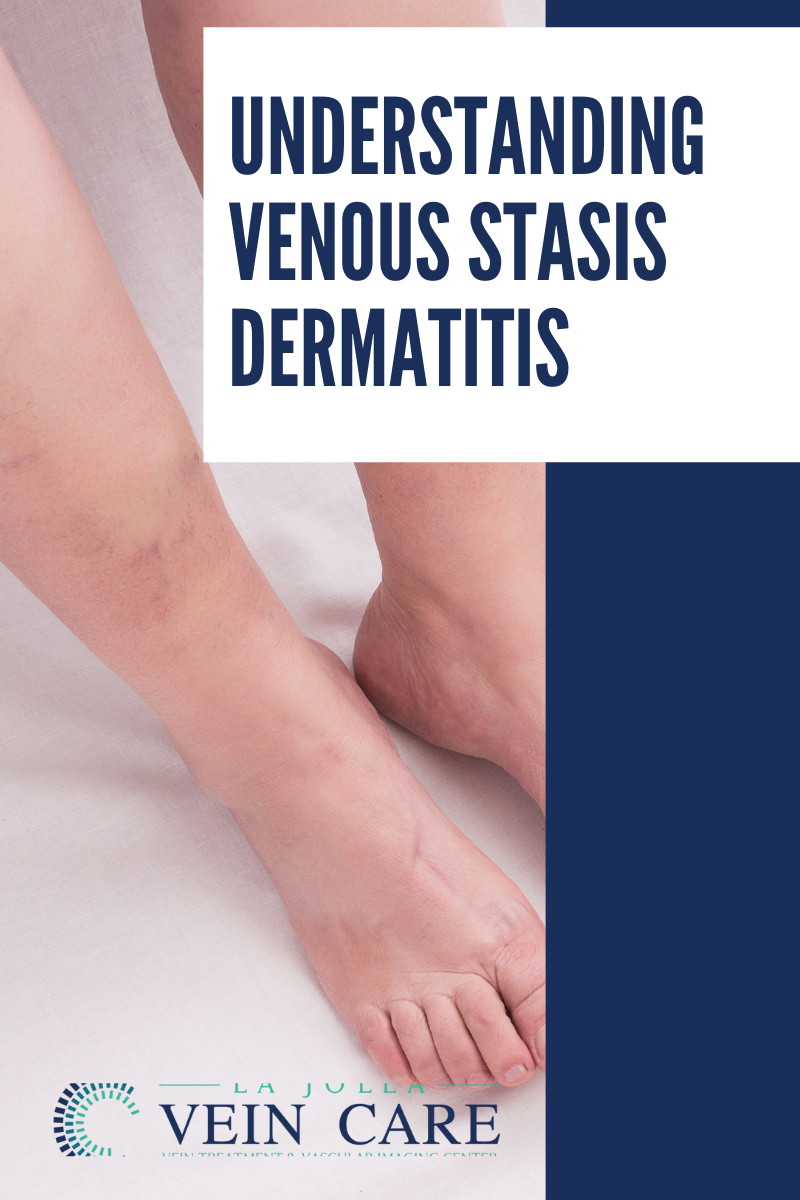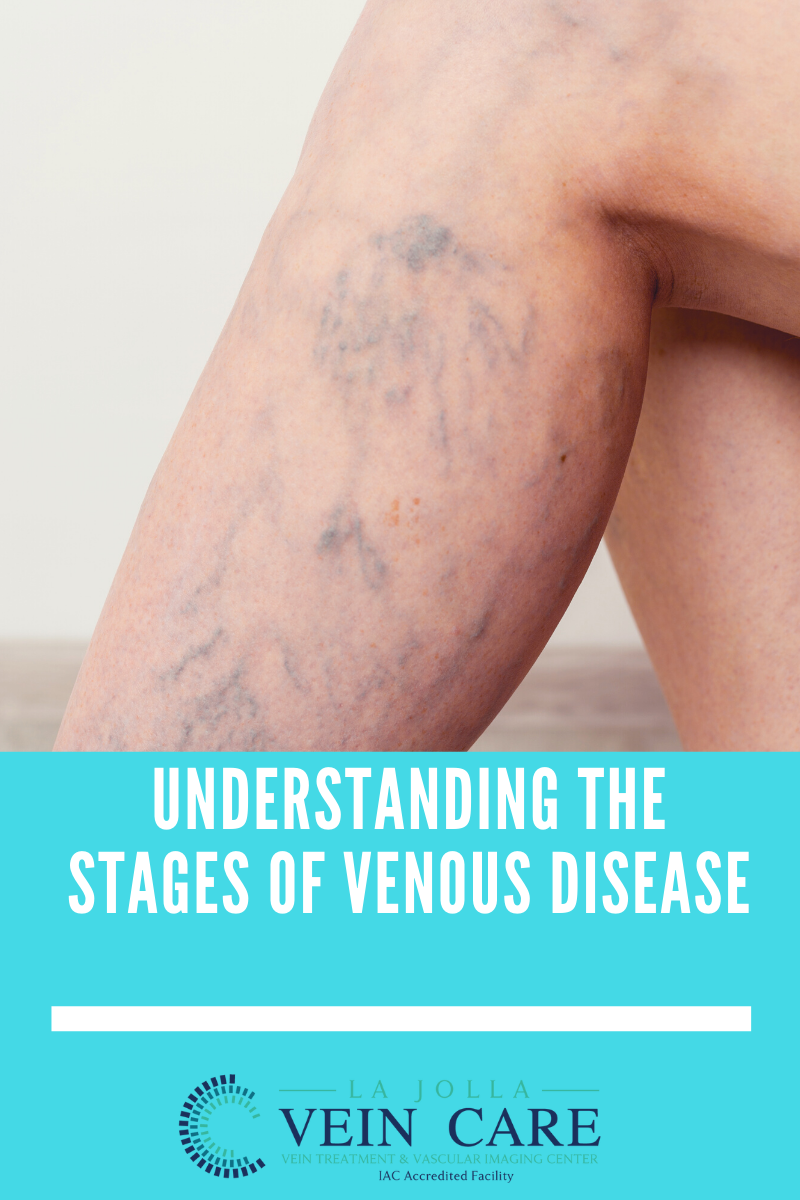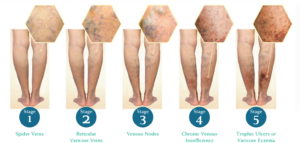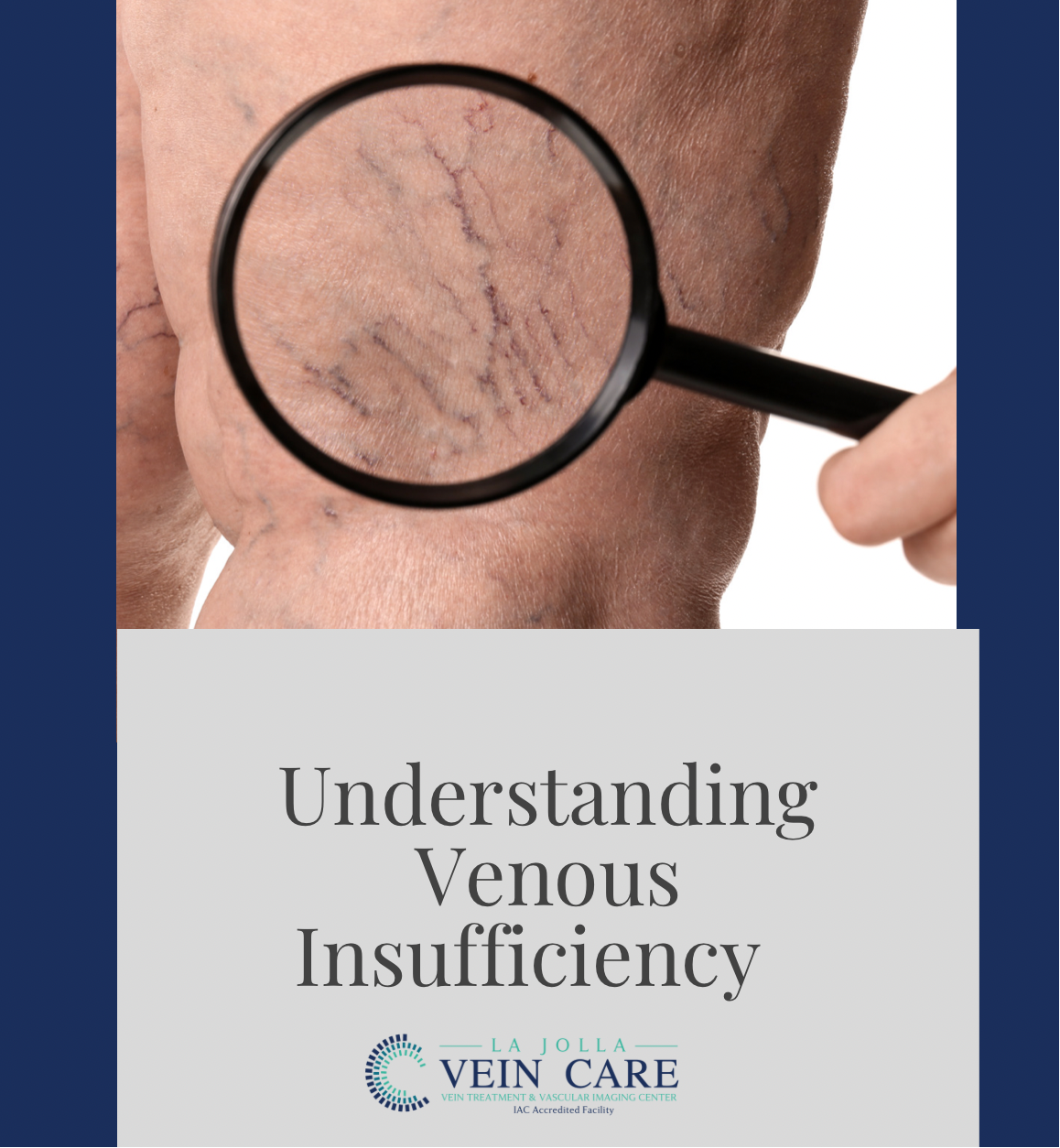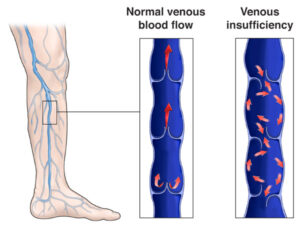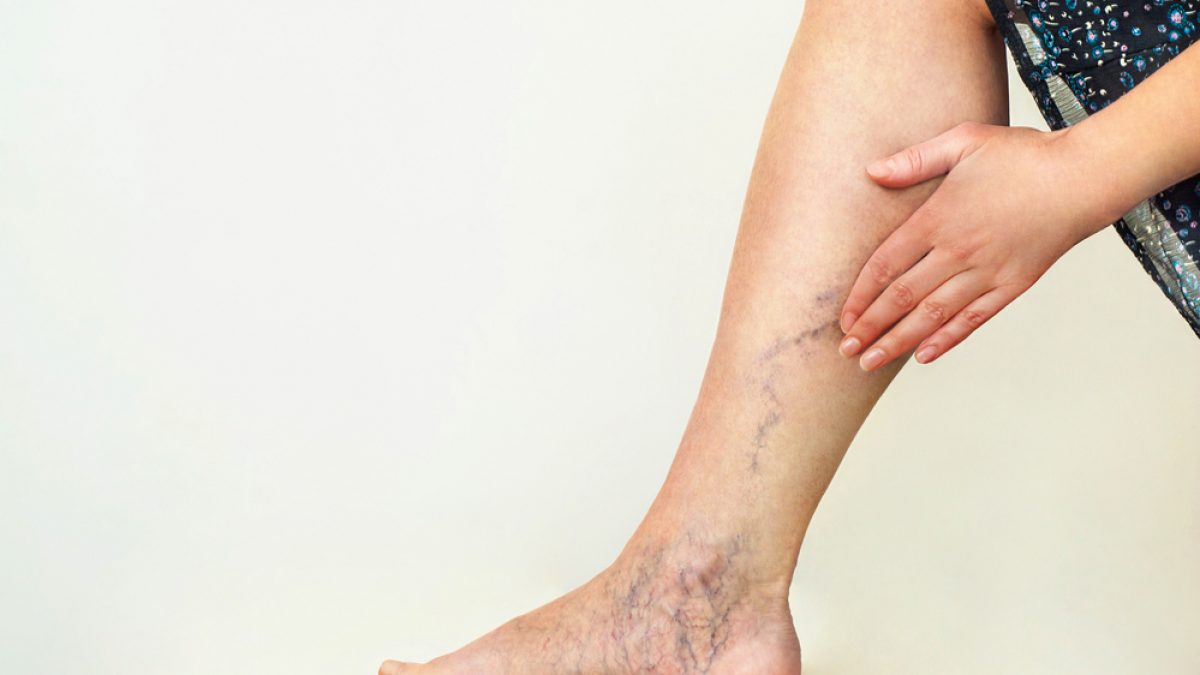Signs of Venous Disease
LJVascular2022-07-20T15:06:13-07:00Signs of Chronic Venous Insufficiency & Venous Disease
Chronic venous insufficiency (CVI) is an inflammatory condition caused by long standing, untreated venous reflux disease which can cause very unique signs and symptoms. Commonly, venous reflux disease causes a collection of symptoms such as leg swelling, heaviness, fatigue and varicose veins. But, over time, when blood is no longer circulating properly in the leg veins, skin changes can also appear. When skin changes appear, this is termed, chronic venous insufficiency (CVI). Venous stasis is another term used for this condition. Chronic inflammation from CVI causes the skin around the ankles to darken, become dry, itchy, and firm. In severe cases, the skin can start to break down and ulcerate. The ulcer (wound) occurs in the inner or outer ankle and is also referred to as a stasis ulcer or venous ulcer.
Venous stasis skin changes associated with venous insufficiency include:
- Darkening of the skin along the ankles
- Itching and dry skin around the ankles (venous eczema)
- Development of wounds around the ankles, called venous leg ulcers
HOW IS CVI TREATED?
The treatment of CVI cannot reverse the skin changes but it can prevent it from worsening and ulceration. In our experience, treatment of underlying venous reflux reduces the inflammatory changes and the skin may become less itchy and dry, but the permanent skin discoloration does not disappear. Treatment involves correction of the underlying venous reflux.
HOW ARE LEG ULCERS TREATED?
Venous leg ulcers, depending on the severity can be healed with a combination of correction of the underlying venous reflux, wound care clinic referral, and compression therapy. A detailed ultrasound will determine what specific treatment is needed depending on where the underlying reflux lies (for example, in the saphenous veins, perforator veins and tributaries). Deep vein reflux is also present in many individuals with ulcers.
Recognize the signs and symptoms of venous disease:
-heavy, tired and aching legs
-swollen legs and or ankles
-cramping in the legs
-dull or sharp pain in the calf
-varicose veins and spider veins
-red or warm veins
-itching around the veins
-skin changes around the ankles such as pigmentation, brownish discoloration, eczema, new red and blue veins, breakdown of the skin
-Heavy legs are a common sign of venous insufficiency and varicose veins.You should see your vascular specialist for any of the above signs and symptoms
If you experience any vein disease symptoms or signs, please call our office at (858)-434-5998 to schedule a consultation with one of our knowledgeable doctors at La Jolla Vein and Vascular.
For more information on vein health please check out our Youtube Channel or visit our helpful guide of resources.


